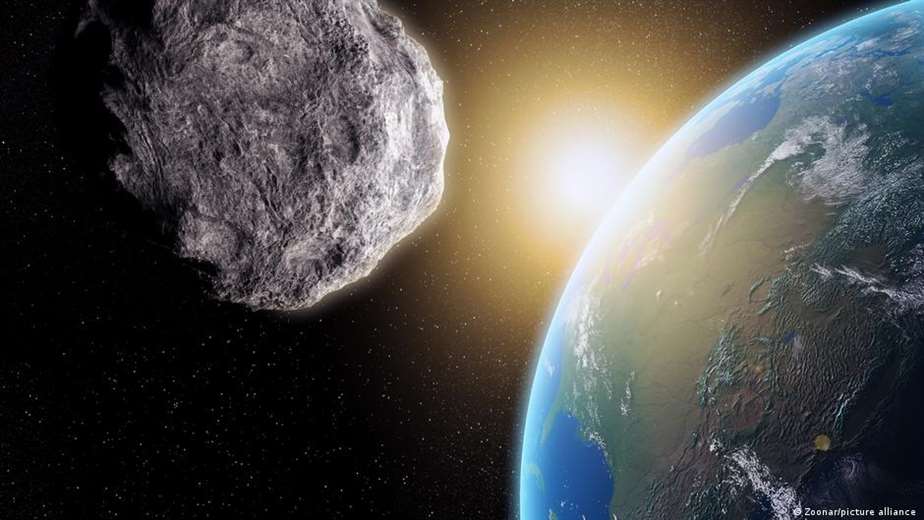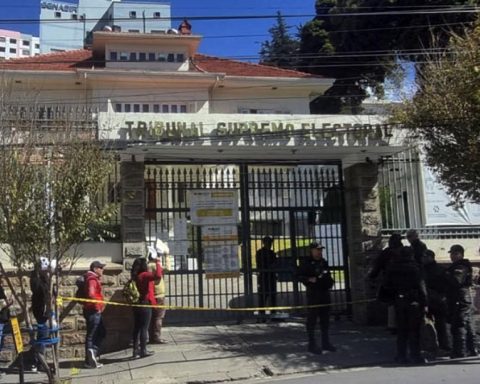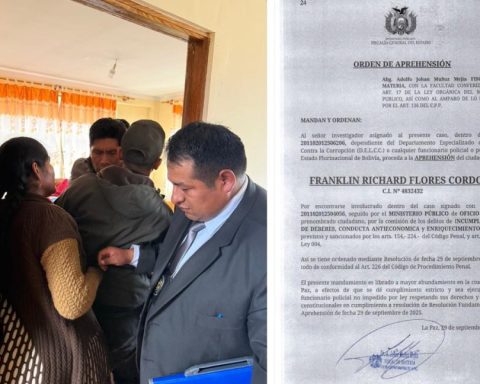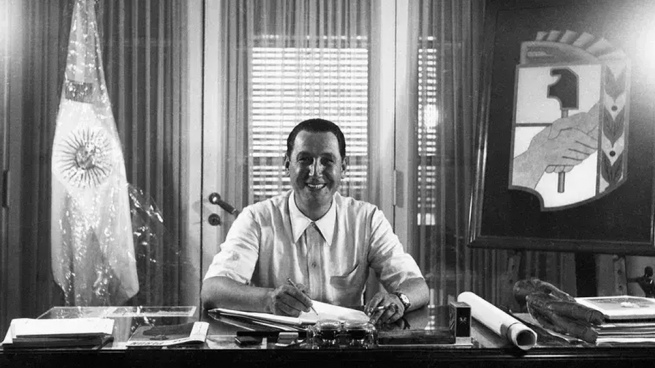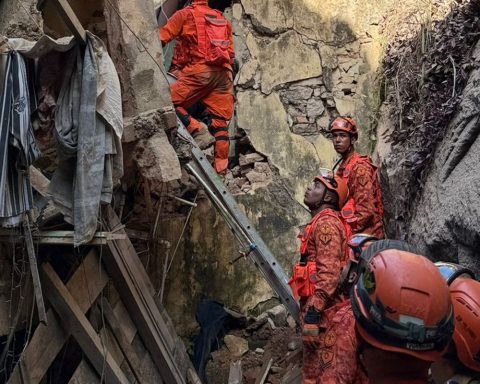The European Space Agency (ESA) has just confirmed that a near-Earth asteroid, which initially posed a threat to our planetis no longer a risk.
baptized as “2021 QM1” –with an estimated diameter of between 35 and 80 meters–, the asteroid was initially discovered on August 28, 2021 by the Mount Lemmon observatory, located north of Tucson, Arizona.
Routine follow-up observations from telescopes around the world began to indicate a risk of dangerous approach to Earth in 2052, so it was included in the “risk list”.
However, follow-up observations and analysis of the faintest asteroid ever observed have confirmed that there is no possibility of it impacting on said date and therefore has been removed from the dreaded list.
“With Asteroid Day Live 2022 set for June 30, we can safely say that the most dangerous asteroid known to humanity in the last year will not impact, at least for the next century,” assured the ESA.
Dangerous asteroid: difficult to detect
“We could see its future paths around the Sun, and in 2052 it could come dangerously close to Earth. The more the asteroid was observed, the greater the risk”, explains Richard Moissl, head of Planetary Defense at ESA.
Just when the risk seemed to increase, a cosmic alignment occurred: the asteroid’s trajectory brought it closer to the Sun as seen from Earth, and for months it became impossible to see due to the bright glare of our star.
“But to top it off, we knew that 2021 QM1 was also moving away from Earth in its current orbit, meaning that by the time it disappeared from the Sun’s glare, it might be too faint to detect,” explains Marco Micheli, an astronomer at the NEOCC (Near -Earth Object Coordination Centre).
According to the statement, the European Southern Observatory’s Very Large Telescope (VLT) was primed and ready to resume monitoring. As soon as the 50-metre asteroid moved out of sunlight, and weather conditions permitting, ESO’s VLT would focus its 8-metre mirror on the disappearing rock.
“We had a brief window to detect our dangerous asteroid,” explained Olivier Hainaut, ESO astronomer. “To make matters worse, it was passing through a region of the sky with the Milky Way just behind it. Our small, faint, receding asteroid would have to be found against a background of thousands of stars. These would prove to be some of the most challenging asteroid observations we’ve never done.”
During the night of 24 May, ESO’s VLT took a series of new images. The data came in and Olivier and Marco began processing it, stacking subsequent observations on top of each other and removing background stars.
Asteroid 2021 QM1, removed from the list of risks
Finally, the work bore fruit and a positive detection of the faintest asteroid ever observed was achieved. With a magnitude of 27 on the scale used by astronomers to describe the brightness of objects in the sky, 2021 QM1 was 250 million times fainter than the faintest stars visible to the naked eye from a dark point.
With these new observations, the asteroid’s trajectory was refined, ruling out an impact in 2052, and 2021 QM1 was removed from the ESA risk list, which includes 1,377 objects.
The European Space Agency (ESA) has just confirmed that a near-Earth asteroid, which initially posed a threat to our planetis no longer a risk.
baptized as “2021 QM1” –with an estimated diameter of between 35 and 80 meters–, the asteroid was initially discovered on August 28, 2021 by the Mount Lemmon observatory, located north of Tucson, Arizona.
Routine follow-up observations from telescopes around the world began to indicate a risk of dangerous approach to Earth in 2052, so it was included in the “risk list”.
However, follow-up observations and analysis of the faintest asteroid ever observed have confirmed that there is no possibility of it impacting on said date and therefore has been removed from the dreaded list.
“With Asteroid Day Live 2022 set for June 30, we can safely say that the most dangerous asteroid known to humanity in the last year will not impact, at least for the next century,” assured the ESA.
Dangerous asteroid: difficult to detect
“We could see its future paths around the Sun, and in 2052 it could come dangerously close to Earth. The more the asteroid was observed, the greater the risk”, explains Richard Moissl, head of Planetary Defense at ESA.
Just when the risk seemed to increase, a cosmic alignment occurred: the asteroid’s trajectory brought it closer to the Sun as seen from Earth, and for months it became impossible to see due to the bright glare of our star.
“But to top it off, we knew that 2021 QM1 was also moving away from Earth in its current orbit, meaning that by the time it disappeared from the Sun’s glare, it might be too faint to detect,” explains Marco Micheli, an astronomer at the NEOCC (Near -Earth Object Coordination Centre).
According to the statement, the European Southern Observatory’s Very Large Telescope (VLT) was primed and ready to resume monitoring. As soon as the 50-metre asteroid moved out of sunlight, and weather conditions permitting, ESO’s VLT would focus its 8-metre mirror on the disappearing rock.
“We had a brief window to detect our dangerous asteroid,” explained Olivier Hainaut, ESO astronomer. “To make matters worse, it was passing through a region of the sky with the Milky Way just behind it. Our small, faint, receding asteroid would have to be found against a background of thousands of stars. These would prove to be some of the most challenging asteroid observations we’ve never done.”
During the night of 24 May, ESO’s VLT took a series of new images. The data came in and Olivier and Marco began processing it, stacking subsequent observations on top of each other and removing background stars.
Asteroid 2021 QM1, removed from the list of risks
Finally, the work paid off and a positive detection of the faintest asteroid ever observed was achieved. With a magnitude of 27 on the scale used by astronomers to describe the brightness of objects in the sky, 2021 QM1 was 250 million times fainter than the faintest stars visible to the naked eye from a dark point.
With these new observations, the asteroid’s trajectory was refined, ruling out an impact in 2052, and 2021 QM1 was removed from the ESA risk list, which includes 1,377 objects.
;
